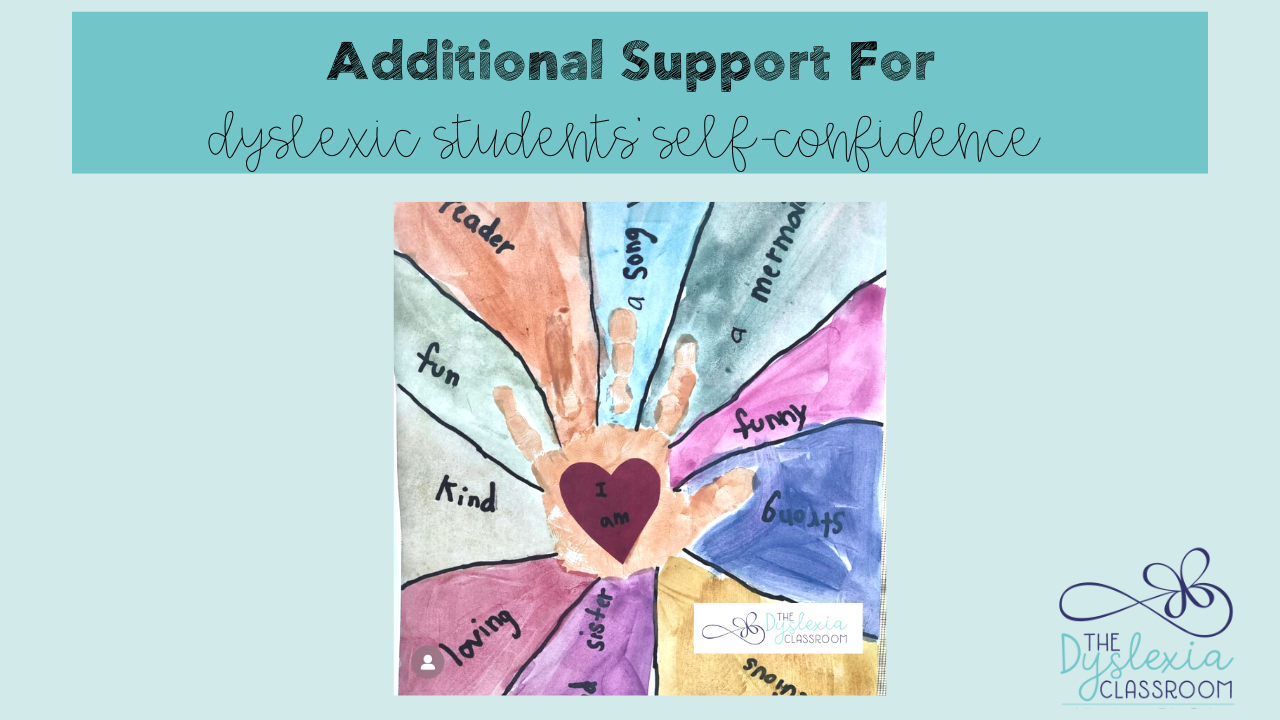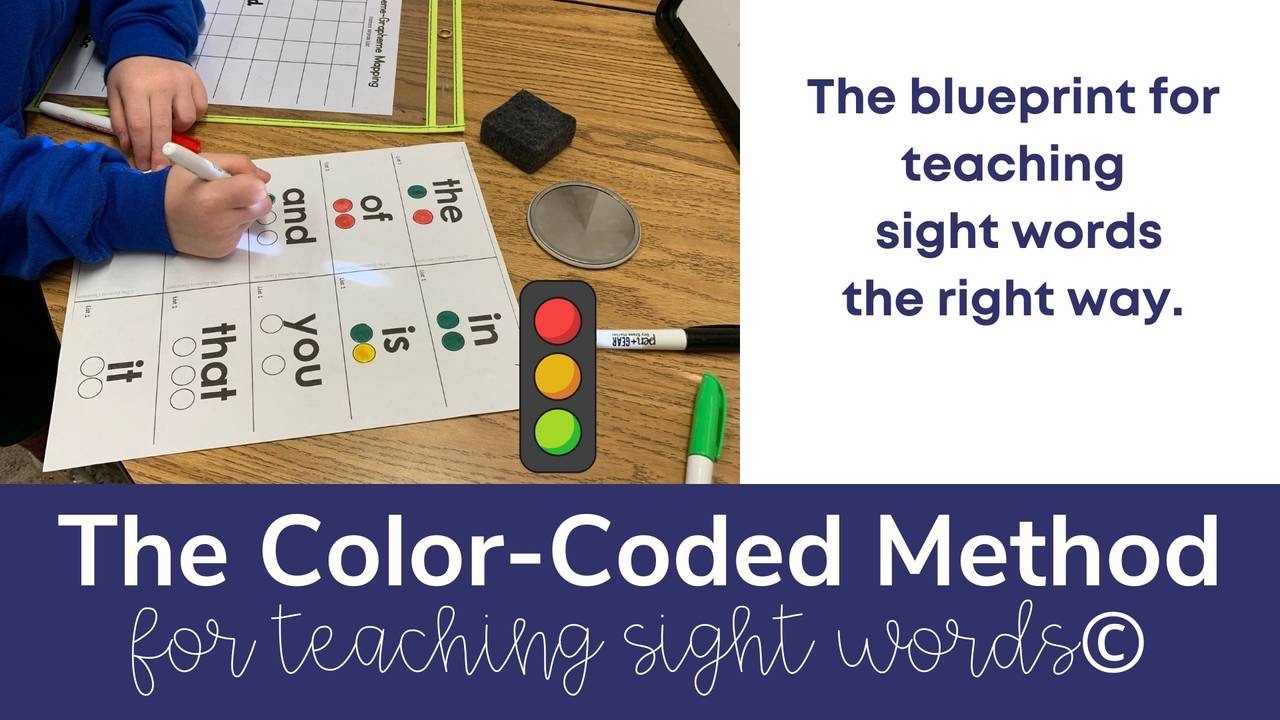Additional Support For Dyslexic Students' Self-Confidence

*This is an extension of the blog post How to Support Dyslexic Students' Self-Confidence. Read more about dyslexia strengths here.
When the Excitement of the New School Year Wanes
The beginning of the new school year can elicit all kinds of emotions. Do you remember the excitement and nervousness that comes with starting something new? Those butterflies in your stomach flutter between feeling sick to your stomach to a little twinge of adrenaline? For many, the beginning of the school year can feel like this.
As we move into the daily school routines and schedules, the new school year's excitement may be waning or bringing into light some different emotions. For many students with dyslexia and learning differences, as the newness of school wears off and the lesson pace increases, the academic pressures and demands can leave students feeling more anxious than excited. The feelings of anxiousness and frustration may arise due to academic hurdles, new routines, inappropriate or denied accommodations, etc., often impacting a child's self-esteem.

Acknowledging Students' Strengths
We are all good at different things, and no one thing defines us. While we hear about the deficits of dyslexia, it's essential to understand and highlight areas of strength. A teacher who understands the bigger picture of dyslexia can impact our dyslexic learners - academically and emotionally. Using a student's strength to help with new learning can have a fantastic impact. When we help our students see themselves in this light, it changes everything.
I believe that scientific evidence and social observation will continue to show that defining dyslexia based solely on its weaknesses is inaccurate and unjust and places too grim a burden on young people receiving the diagnosis. A more precise definition of dyslexia would clearly identify the disabilities that go along with it while recognizing the associated abilities as well. If the dyslexic community could popularize such a definition, then newly diagnosed dyslexics would realize that they, like everyone else, will face their futures with a range of strengths and weaknesses.
-Blake Charlton, a dyslexic author and physician (New York Times, May 22, 2013)
What does this mean for instruction?
I use these "Believe in Yourself" Activity posters to build self-awareness and social-emotional intelligence within my sessions. Students add their strengths to their posters and color them to reflect their personalities. This is an easy and engaging way to help students identify their strengths as we shift the narrative around their learning differences. These conversations are woven into daily lessons, readings, and relationship building.
You can grab this resource here.
I wholeheartedly believe weaving in social-emotional learning, understanding, and empathy is a necessary component of our lessons. We must teach the whole child, honor their journey, and educate ourselves to provide the tools and knowledge to help students take flight academically while preserving their self-esteem. 🦋
Need more support? The Color-Coding Method to Teaching Sight Words course is now available! Find out more HERE!

This information is the intellectual property of @2016 The Dyslexia Classroom. Do not use or repurpose without expressed permission from The Dyslexia Classroom. Please give The Dyslexia Classroom an attribution if you use, reference, or quote/paraphrase copyrighted materials. This includes but is not limited to blogs, social media, and resources.





